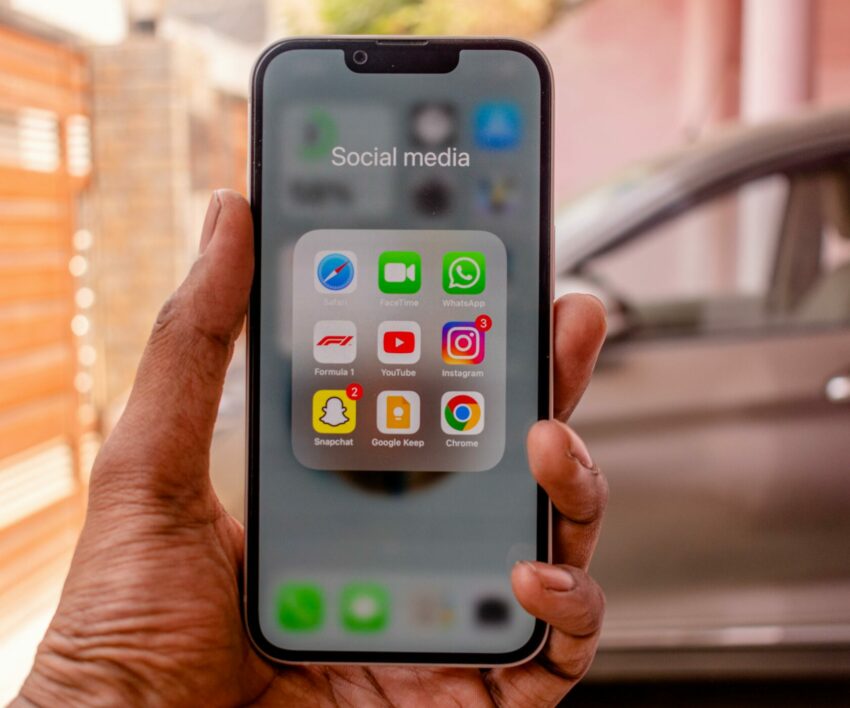
social media: picture: pexels
Social media has become more than just a place to share photos and updates—it has become a powerful tool for breaking down barriers around mental health. By sharing personal stories, tips, words of encouragement, and even entertaining content around mental health, people are helping to normalise conversations about therapy and emotional well-being.
What was once a taboo topic is now discussed openly, creating a sense of community and understanding. This shift is giving many the courage to seek help and reminding everyone that struggling with mental health is nothing to be ashamed of.
Psychology Today mentions that social media platforms like Instagram, TikTok, and Twitter have increased awareness of mental health issues among younger generations. It is stated that these platforms allow mental health professionals to engage with a broad audience, normalising conversations about conditions like anxiety, depression, and ADHD. This increased openness has made therapy more normalised, especially among younger people.
Be that as it may, the above source claims that therapy stigma persists in certain communities and individuals with healthcare biases. “Mental health issues such as anxiety and depression are more openly discussed, but therapy, particularly for issues like trauma, addiction, or family dynamics, can still carry stigma in some circles.”
According to the mentioned publication, unhealed trauma can be harder to detect due to desensitisation. Conversations should focus on recognizing and building awareness, not on blame.
Harvard Pilgrim Health Care claims that mental health professionals are also connecting with people through their social media accounts, reaching a wider audience. The publication continues to mention that parents can promote healthy conversations about mental health with their teenagers by being open-minded to the potential benefits of social media usage, but also being mindful and present during their interactions.
Other viral TikTok videos have been viewed as humorous, making mental health diagnoses seem less intimidating, states the National Alliance on Mental Illness. However, it is mentioned that these posts also serve as a place for healing and finding community, reducing stigma. The mentioned source claims that Hollywood rarely offers accurate depictions of mental illness, leading to a failure to recognise symptoms as a barrier to treatment.
It is further stated that social media serves as a direct line from individuals to audiences, allowing users to share real-life circumstances which audiences may be more likely to recognise in themselves.
Instead of seeing homicidal rage, audiences are exposed to content creators experiencing fatigue, dissociation, obsessive thoughts, or aversion to certain tasks and behaviours, giving them implicit reminders that people living with mental illness are just people, the publication adds.
Also see: Work smarter, not harder: The value of taking mental health days off work
